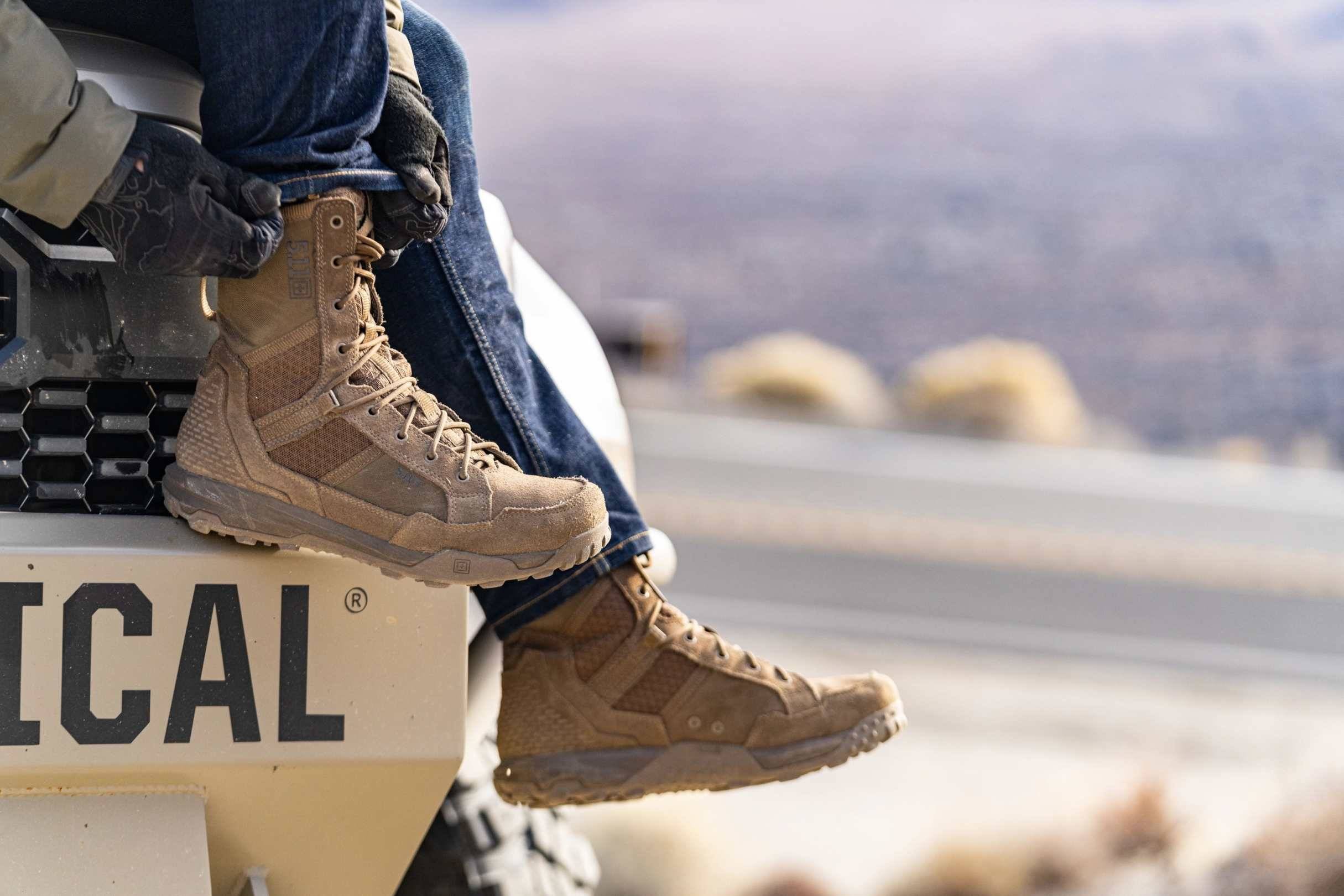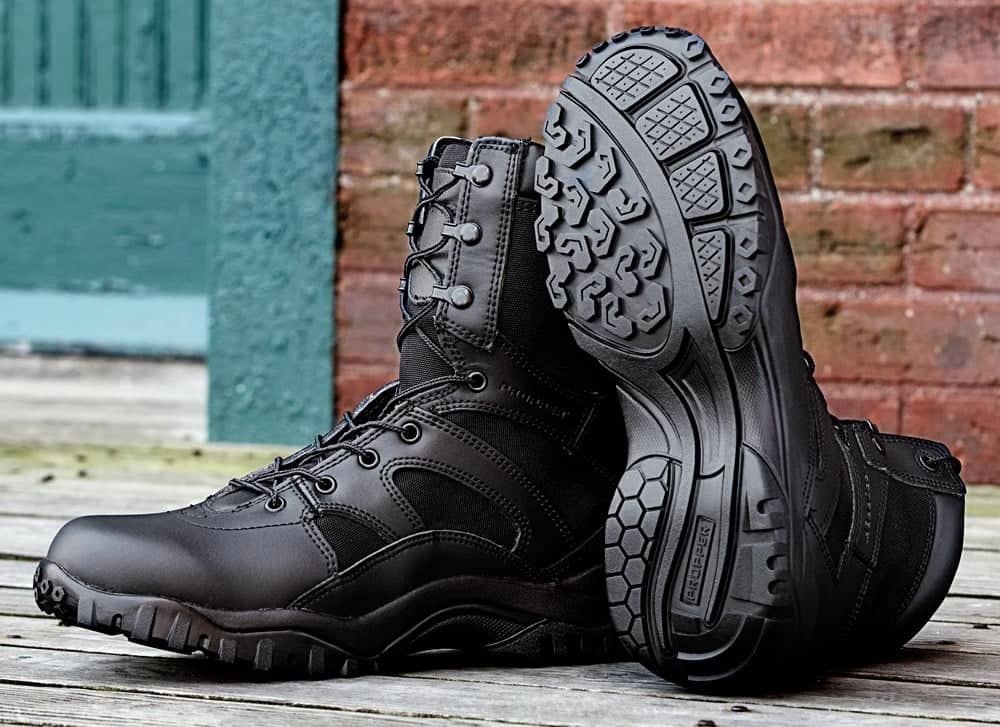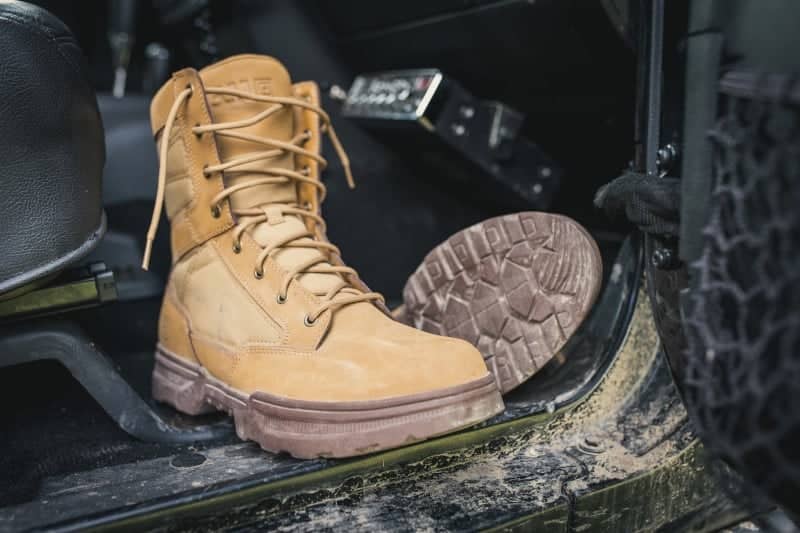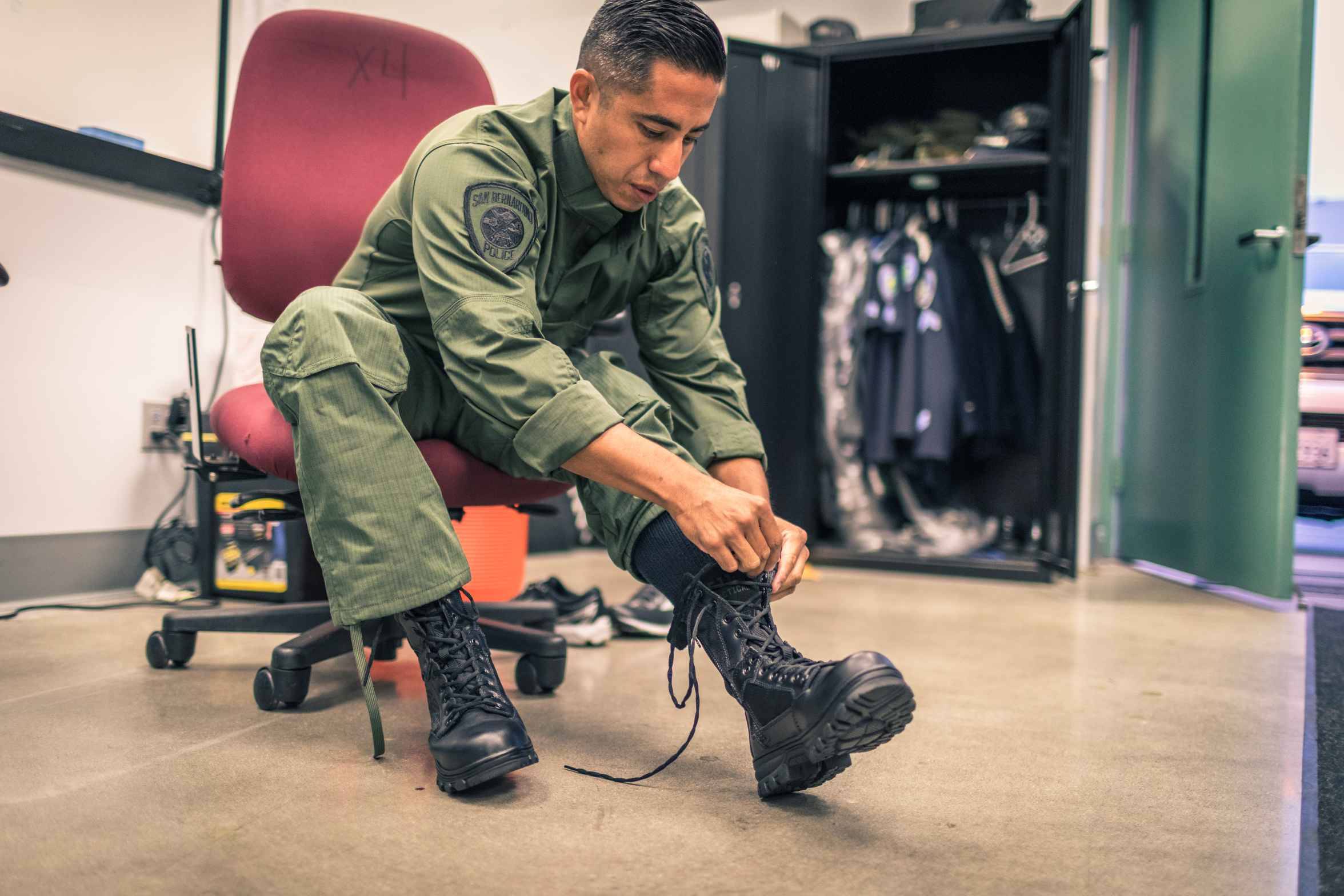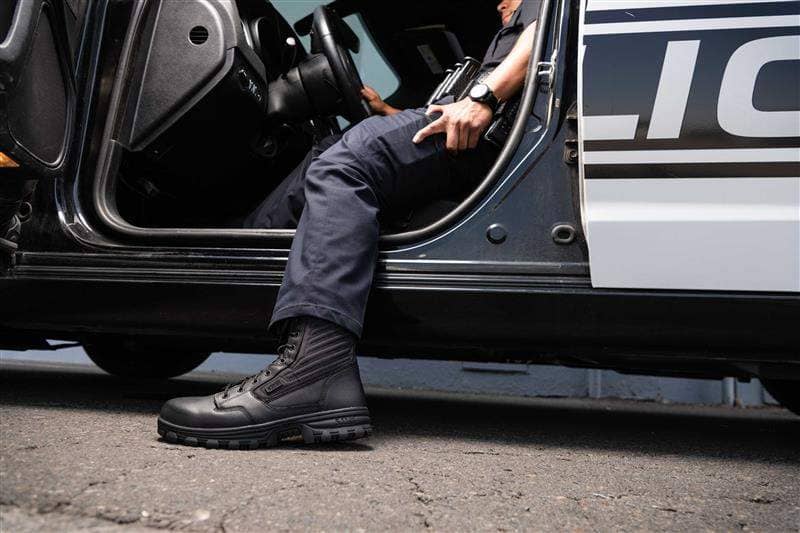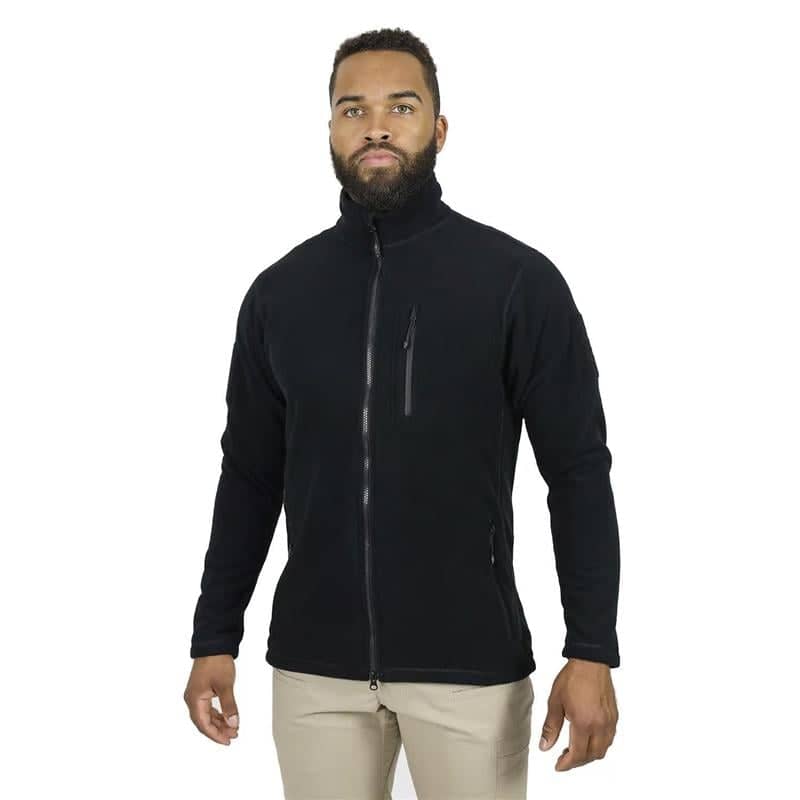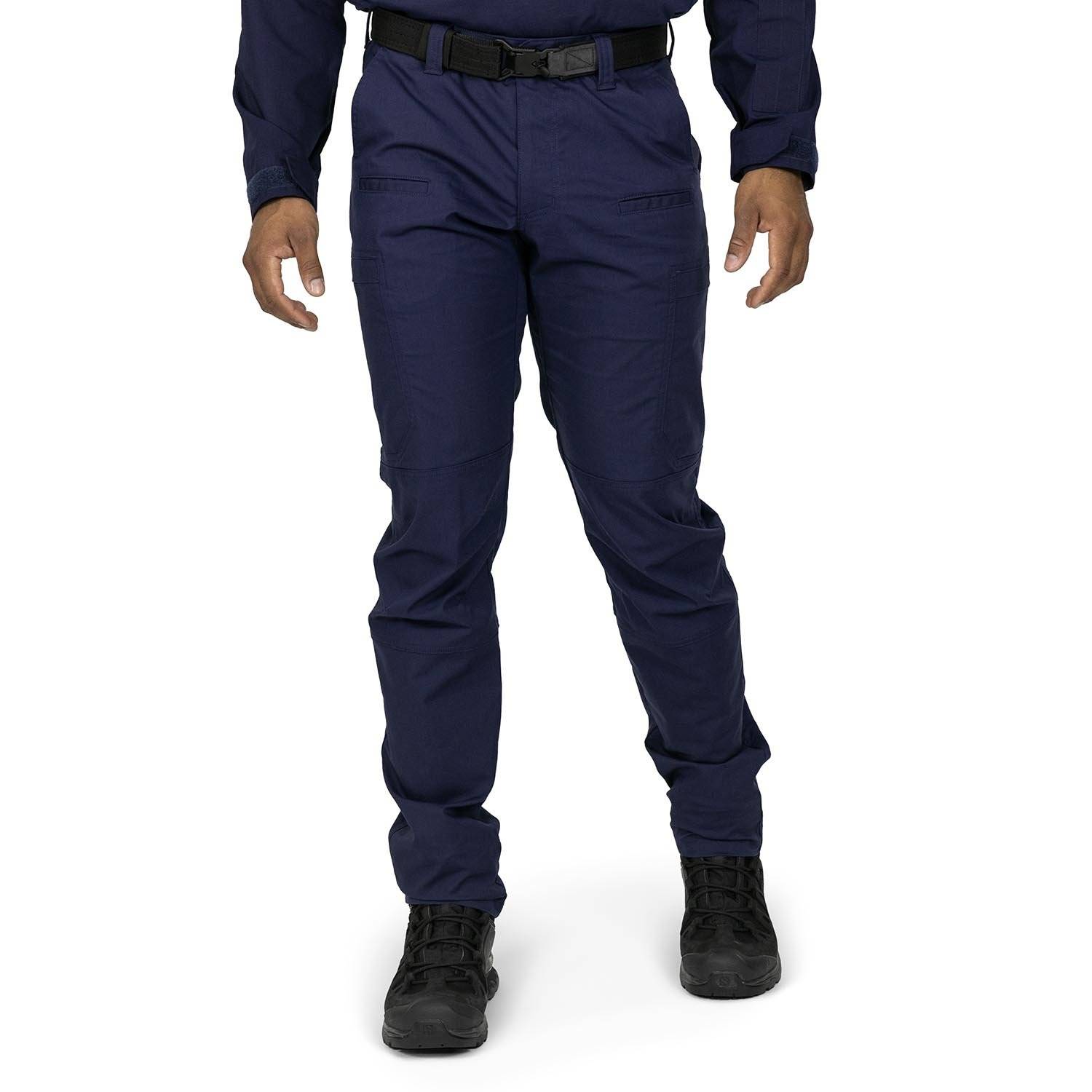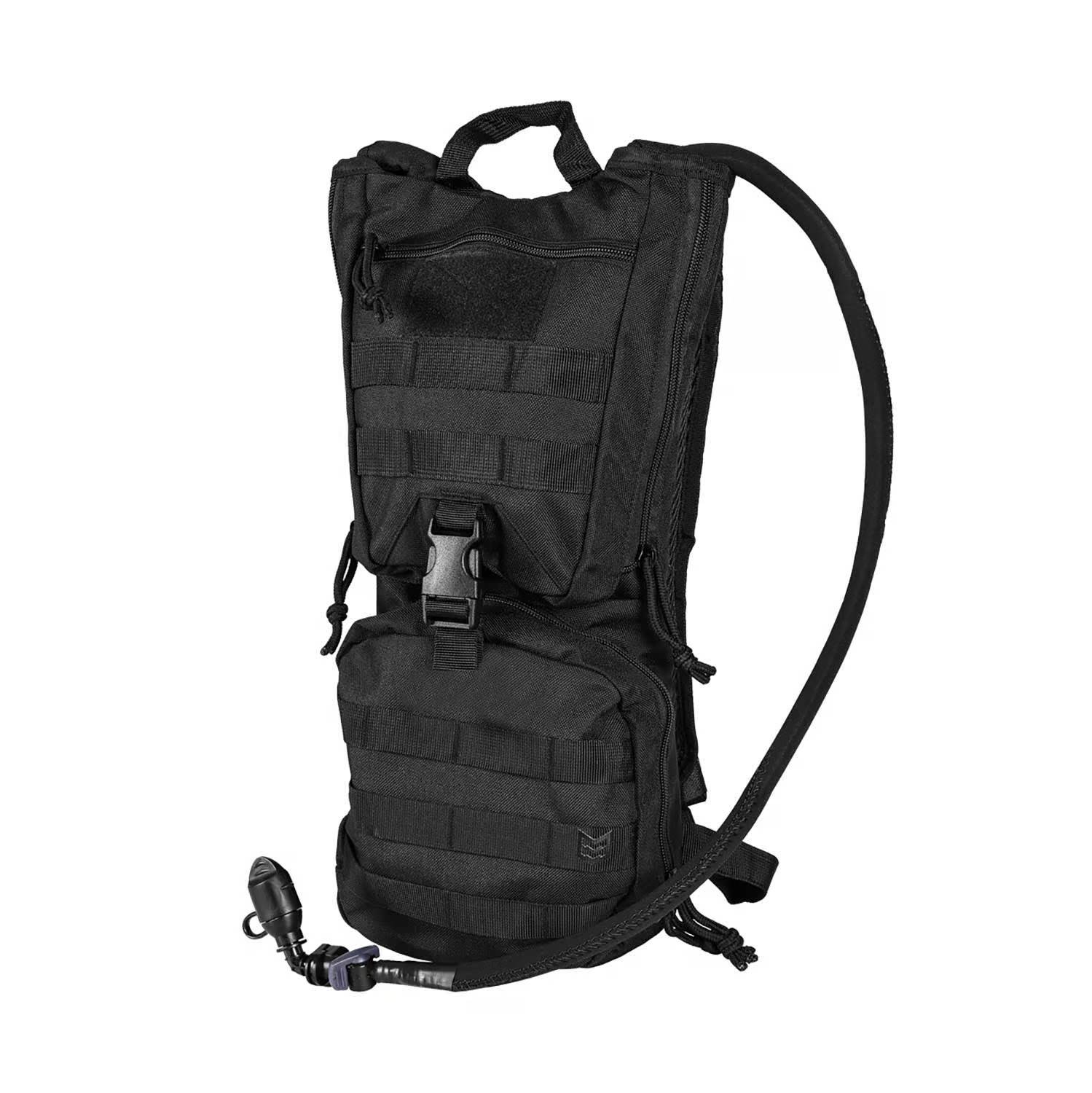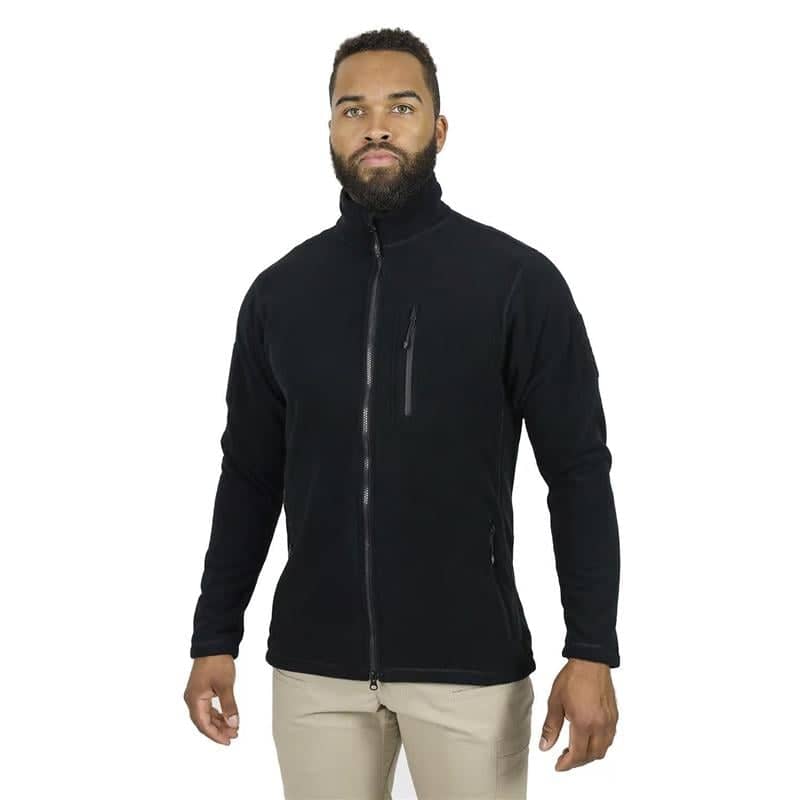
How to Choose the Best Tactical Boots for Law Enforcement Officers


Having the right pair of tactical boots can make all the difference in law enforcement. Whether you’re on patrol, responding to emergencies, or handling high-pressure situations, your footwear plays a crucial role in your performance, comfort, and safety. As a former police officer, I know firsthand how the right boots can reduce fatigue, improve mobility, and protect you on the job.
This guide breaks down everything you need to know about choosing tactical boots for law enforcement, highlighting the importance of selecting the right boots for various environments and needs and helping you find the right pair to support you through long shifts and tough environments.
Key Takeaways
Tactical boots provide essential support, protection, and durability for law enforcement professionals working in unpredictable conditions.
Features like waterproofing, slip-resistant soles, and ankle and arch support are crucial for all-day comfort and safety.
Choosing the right type of boot—patrol or duty—affects overall performance and foot health in various law enforcement roles.
Duty boots prioritize durability for rugged terrain, while patrol boots focus on lightweight comfort and easy maintenance for everyday tasks.
What are Tactical Boots?
Tactical boots are designed to handle the daily challenges of law enforcement—long hours on your feet, quick movement, and varying terrain. Built from durable materials like leather, nylon, and advanced synthetic fabrics, these boots are engineered to provide:
Slip-resistant traction for stability on slick or uneven surfaces.
Reinforced support to reduce foot fatigue and injury risk.
Weather-resistant materials to keep your feet dry and comfortable.
Lightweight agility without sacrificing durability.
High-quality tactical boots are essential for their durability, protective features, and performance, making them a necessary choice for professionals in rugged terrains.
When you’re on duty, the right boots aren’t just footwear—they’re essential gear.
Patrol Boots vs. Duty Boots: Understanding the Differences
Not all tactical boots are the same. Patrol boots and duty boots are designed for different environments and operational needs.
Feature | Patrol Boots | Duty Boots |
Purpose & Design | Lightweight and breathable for daily law enforcement tasks. | Rugged and durable for challenging environments. |
Material & Construction | Soft, flexible materials for long shifts. | Heavy-duty materials like full-grain leather for extra protection. |
Insulated Boots | Not typically insulated. | Often incorporate Thinsulate insulation to block out cold air, with varying levels of insulation measured in grams, enhancing warmth and comfort during demanding outdoor activities. |
Ankle & Arch Support | Moderate support to prevent fatigue. | Enhanced support for stability on rough terrain. |
Water Resistance | Typically water-resistant for light wet conditions. | Waterproof membranes to keep feet dry in heavy rain or mud. |
Sole Patterns & Lug Depth | Moderate tread for urban environments. | Deep, aggressive tread for superior traction. |
Which one should you choose? If you spend most of your time on city streets, patrol boots offer more flexibility and comfort. If you often work in rugged conditions or harsh weather, duty boots provide extra protection and durability.
Key Features of Police Duty Boots
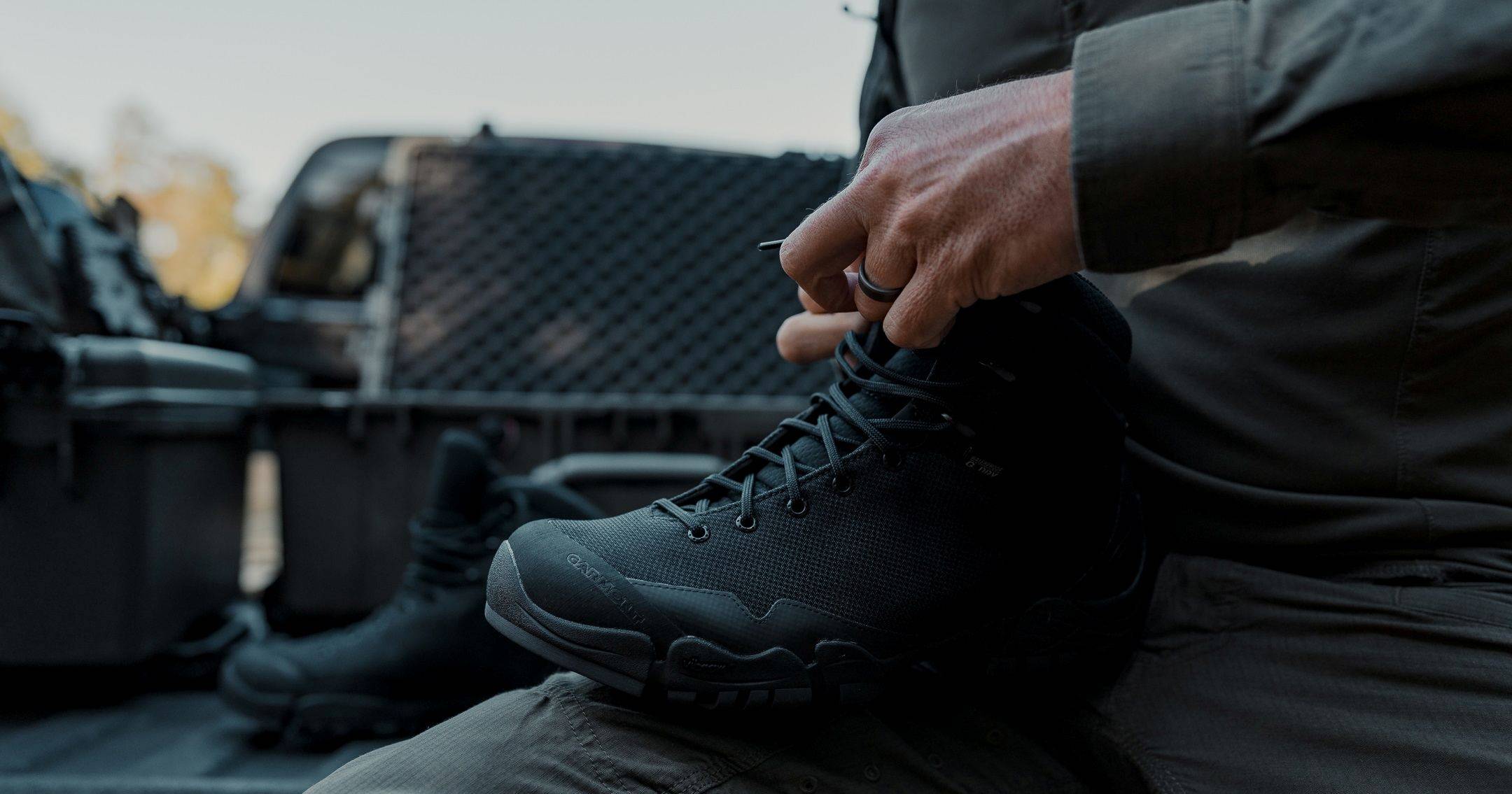
For officers who need maximum protection and stability, duty boots are the way to go. Here’s what to look for:
Lightweight Boot: A lightweight boot can significantly enhance performance and agility for law enforcement officers. Choosing between a lightweight and heavier boot should be based on individual preferences and specific usage scenarios. Lightweight options are recommended for those seeking improved performance.
Sole Patterns & Traction for Duty Boots
Lug Depth: 4mm to 8mm for grip on wet and uneven terrain.
Multi-Directional Tread: Helps with slip resistance and stability in high-risk situations. Many tactical boots include slip-resistant rubber outsoles and sturdy construction to enhance grip and support while navigating challenging terrains.
Boot Upper Materials for Duty Boots
Full-Grain Leather: Tough, breathable, and abrasion-resistant.
Synthetic Fabrics: Lighter weight with water-resistant and breathable options:
Sympatex®: Best waterproofing for wet conditions, ideal for waterproof boots to keep feet dry and comfortable.
GORE-TEX®: Balances waterproofing with superior breathability, making it perfect for waterproof boots in various outdoor conditions.
Cordura®: Water-resistant, best for dry climates.
Boot Height & Ankle Support for Duty Boots
6-8 Inches: Standard for most law enforcement duties, offering flexibility and support.
8-10 Inches: Ideal for rugged terrain, providing maximum ankle stability.
Key Features of Patrol Boots
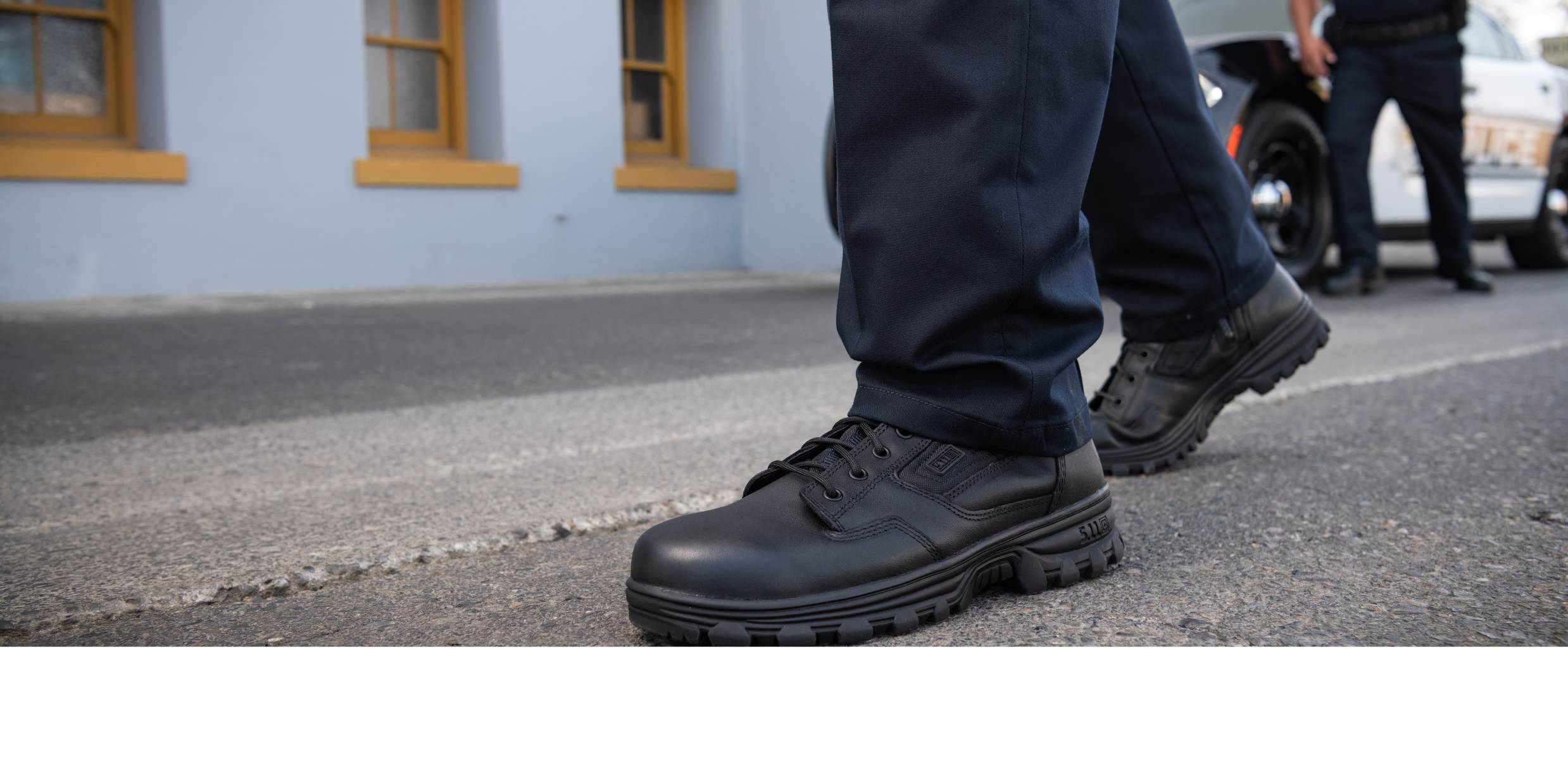
Patrol boots are the best choice for officers who prioritize mobility and comfort.
Lightweight boots are designed to enhance mobility and comfort, making them ideal for law enforcement officers facing high-stress scenarios.
Sole Patterns & Lug Thickness for Patrol Boots
Lug Depth: 3mm to 6mm for better grip and flexibility in urban settings.
Multi-Directional Tread: Designed for smooth surfaces and increased agility, similar to the design of lightweight tactical boots, which enhance performance and mobility.
Upper Materials for Patrol Boots
Nubuck Leather: Soft, breathable, and lighter than full-grain leather.
Synthetic Leather: Flexible and lightweight, great for quick movement.
Mesh/Nylon: Maximum breathability to keep feet cool during long shifts.
Boot Height & Ankle Support for Patrol Boots
5-7 Inches: Moderate ankle support with increased flexibility.
7-9 Inches: Extra protection for unpredictable environments.
Comfort and Fit
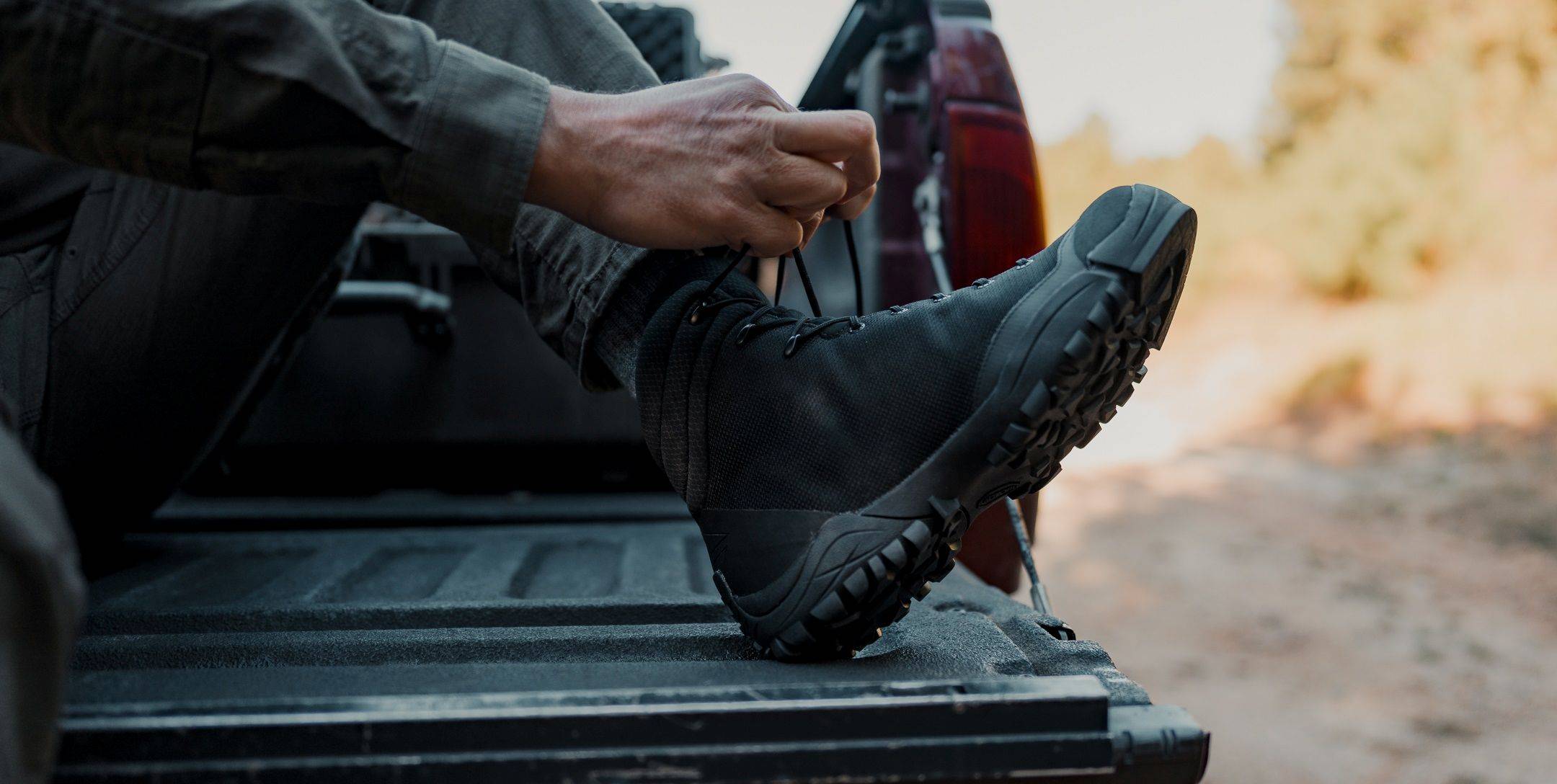
Comfort Features
Wearing the wrong boots can lead to blisters, foot pain, and fatigue. Here’s what to focus on:
Cushioned Insoles: Reduce foot fatigue and absorb shock.
Ergonomic Design: Ensures a secure, comfortable fit.
Moisture-Wicking Linings: Prevent sweat buildup and discomfort.
Reinforced Ankle Support: Reduces strain during high-impact movements in rugged terrains.
Fit Considerations
When choosing tactical boots, fit is a crucial factor to consider. A well-fitting boot can make all the difference in comfort, performance, and overall satisfaction. Here are some key considerations to keep in mind:
Width and Length: Ensure the boot fits comfortably in terms of width and length. A boot that is too tight can cause discomfort and blisters, while a boot that is too loose can lead to poor performance and instability.
Arch Support: Look for boots with adequate arch support to prevent foot fatigue and discomfort. Arch support can also help prevent injuries such as plantar fasciitis.
Cushioning: Consider boots with cushioning features such as foam insoles or gel inserts to provide additional comfort and shock absorption.
Breathability: Choose boots with breathable materials and features such as mesh panels or ventilation systems to keep feet cool and dry.
Boot Height and Sole Construction
Boot height and sole construction are critical factors to consider when choosing tactical boots. Here’s what you need to know:
BootHeight Options
Low-Cut Boots: Low-cut boots offer excellent mobility and flexibility, making them ideal for tasks that require quick movements and agility.
Mid-Cut Boots: Mid-cut boots balance mobility and ankle support, making them suitable for a wide range of tasks and environments.
High-Cut Boots: High-cut boots offer maximum ankle support and protection, making them ideal for tasks that require heavy lifting, climbing, or working in rugged terrain.
Sole Construction Details
Rubber Outsoles: Rubber outsoles provide excellent traction and durability, making them suitable for various environments and tasks.
Vibram Outsoles: Vibram outsoles offer superior traction and durability, making them ideal for tasks that require heavy use and rugged terrain.
Aggressive Tread Patterns: Aggressive treads provide excellent traction and stability, making them suitable for tasks that require working in rugged terrain or slippery surfaces.
Caring for Your Tactical Boots
Proper care and maintenance can extend the life of your tactical boots and ensure they continue to perform optimally. Here’s what you need to know:
Maintenance and Cleaning
Regular Cleaning: Regularly clean your boots with a soft-bristled brush and mild soap to remove dirt and debris.
Conditioning: Condition your boots regularly to keep the leather soft and supple.
Waterproofing: Apply a waterproofing treatment to your boots to protect them from water and moisture.
Storage: Store your boots in a cool, dry place to prevent damage and deterioration.
By following these tips, you can ensure your tactical boots remain in excellent condition and continue to provide optimal performance and comfort.
The Best Tactical Boot Brands for Police
Not all boots are created equal. These top-rated brands deliver quality, durability, and performance:
Danner®: Known for superior craftsmanship and long-lasting comfort.
5.11 Tactical®: Trusted by law enforcement for lightweight, high-performance boots.
Under Armour®: Renowned for agility-focused tactical boots.
Bates®: Rugged construction with waterproof options.
HAIX®: Premium quality boots built for maximum protection and durability.
Summary
Choosing the right tactical boots is an investment in your performance and well-being. Whether you need the rugged durability of duty boots or the lightweight flexibility of patrol boots, the right pair will keep you comfortable, protected, and ready for whatever the job throws at you.
At Galls, we offer mission-ready boots built for endurance, protection, and all-day comfort. Gear up with the best and stay prepared for anything.
Frequently Asked Questions (FAQs)
Why are tactical boots important for law enforcement officers?
Tactical boots provide the necessary comfort, protection, and durability to withstand long shifts, unpredictable environments, and high-pressure situations.
What are the key features to look for in police tactical boots?
Key features include weight, ankle support, waterproofing, breathable materials, arch support, and slip-resistant soles.
What types of tactical boots are available for law enforcement?
Common types of tactical footwear include patrol boots, duty boots, and side-zip boots, each tailored to specific operational needs.
What is the difference between tactical and military boots?
Tactical boots prioritize agility and comfort for law enforcement and first responders, while military boots emphasize durability, protection, and compliance with military regulations.



